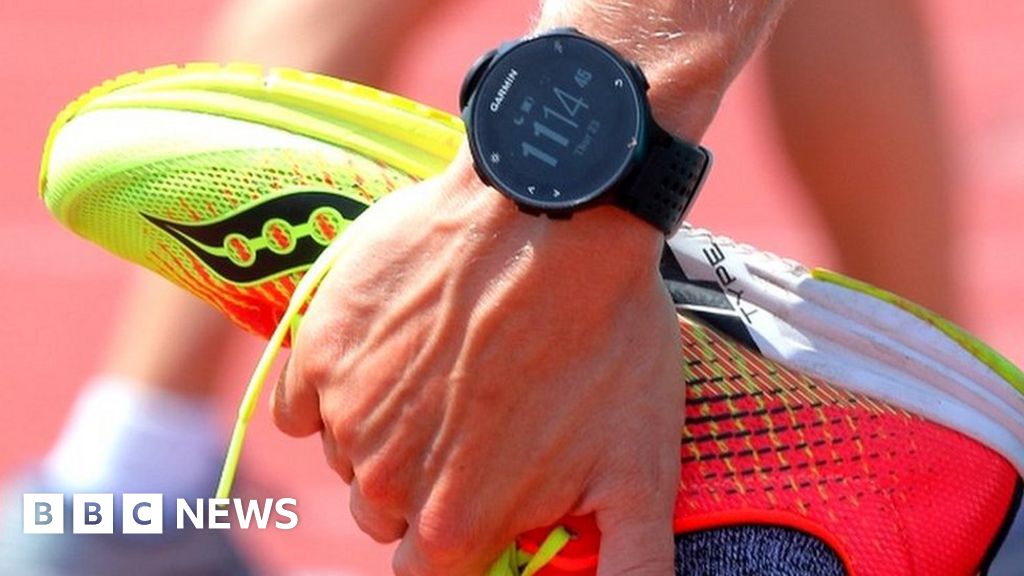

The band buckles together like a traditional watch strap, just as its predecessor did, except now the bands are interchangeable by simply popping the tracker out. It’s a slim silicone fitness band with a small black-and-white OLED screen. The Vívosmart 5 has the same basic appearance as the 4. Watch straps are now interchangeable, as well. Underneath is a traditional watch strap buckle. It’s a narrow silicone wearable, about the width of a watch strap. Garmin’s Vívosmart 5 looks a lot like the Vívosmart 4, and that’s because it is-in form and function. As it is a pre-release model, there were some known bugs but nothing that would prevent us from getting a clear picture of its capabilities. I spent a weekend sleeping, working out, and tracking my body’s vitals with the Vívosmart 5 before its official launch to get a quick look at the device and get an idea of whether Garmin’s in-depth data and proprietary metrics could still make this a worthwhile buy. Now, Fitbit’s equally priced Charge 5 fitness tracker has blood oxygen sensors, too, as well as electrodermal sensors (for stress measuring), GPS, and the ability to take ECG readings-all things the new Vívosmart 5 lacks. When Garmin released the Vívosmart 4 in 2018, it had advantages like a then-rare blood oxygen sensor and Garmin’s typical suite of in-depth health metrics that surpassed most competitors.

But in four years’ time, the new tracker hasn’t evolved much from the last version, while competition like Fitbit’s Charge 5 has made significant leaps. It replaces the now 4-year-old Vívosmart 4.

Garmin has just released its latest fitness tracker, the Vivosmart 5, a wearable made to cover the basics of sleep and activity tracking and deliver phone notifications.


 0 kommentar(er)
0 kommentar(er)
